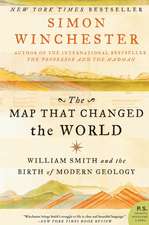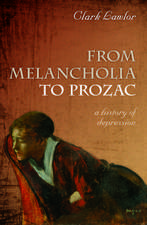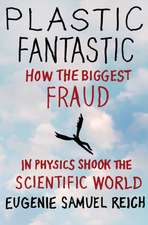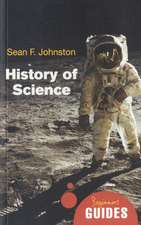The Changing Image of the Sciences
Editat de Ida H. Stamhuis, Teun Koetsier, Cornelis De Pater, Albert Van Heldenen Limba Engleză Hardback – 30 noi 2002
| Toate formatele și edițiile | Preț | Express |
|---|---|---|
| Paperback (1) | 637.59 lei 6-8 săpt. | |
| SPRINGER NETHERLANDS – 26 sep 2012 | 637.59 lei 6-8 săpt. | |
| Hardback (1) | 643.84 lei 6-8 săpt. | |
| SPRINGER NETHERLANDS – 30 noi 2002 | 643.84 lei 6-8 săpt. |
Preț: 643.84 lei
Preț vechi: 757.46 lei
-15% Nou
Puncte Express: 966
Preț estimativ în valută:
123.20€ • 134.24$ • 103.81£
123.20€ • 134.24$ • 103.81£
Carte tipărită la comandă
Livrare economică 23 aprilie-07 mai
Preluare comenzi: 021 569.72.76
Specificații
ISBN-13: 9781402008474
ISBN-10: 1402008473
Pagini: 236
Ilustrații: X, 226 p.
Dimensiuni: 155 x 235 x 18 mm
Greutate: 0.51 kg
Ediția:2002
Editura: SPRINGER NETHERLANDS
Colecția Springer
Locul publicării:Dordrecht, Netherlands
ISBN-10: 1402008473
Pagini: 236
Ilustrații: X, 226 p.
Dimensiuni: 155 x 235 x 18 mm
Greutate: 0.51 kg
Ediția:2002
Editura: SPRINGER NETHERLANDS
Colecția Springer
Locul publicării:Dordrecht, Netherlands
Public țintă
ResearchCuprins
In Our Own Image: Creating the Computer.- From “Giant Brain” to Information Appliance.- The Transparency of Software.- The World of the Computer.- Changing Images of Chemistry.- Creating Life.- The Wonderful World of Chemistry.- The Ways Back to Nature.- The Changing Image of Biology in the Twentieth Century.- The Nineteenth Century Background.- Biology and the Physical Sciences: Experimentalism and Reductionism.- The Technological and Institutional Imperative.- Integrative Processes.- The Economic, Social and Technological Context in the Development of an Experimentally and Mechanistically Based Biology in the Twentieth Century.- Conclusion.- The Image of Physics.- by the Editors.- Einstein’s and Bohr’s Views on Philosophy.- On Relativity Theory.- On Complementarity.- Some Final Comments.- Re-imag(in)ing Women in Science: Projecting Identity and Negotiating Gender in Science.- Margaret Cavendish — Defiant Natural Philosopher with an Independent Voice.- Maria Sibylla Merian — Innovative Entomologist Working within Conventions.- Mary Somerville — Queen of Celestial (and Domestic) Science.- Ada Lovelace — Mathematician Calculating Body Image.- Agnes Pockels — Surface Chemist and “Hausfrau”.- Jantina Tammes — Geneticist Defining Her Own “Weak Constitution”.- Marie Curie — Independent and Eminent Collaborator.- Conclusions.- Science in the Mirror of “Big History”.- Science in the Mirror of “Big History”.- Big History.- Science as Creation Myth.- Systems of Knowledge.- Pre-Human Knowledge Systems.- Human Knowledge Systems of the Palaeolithic.- Science as a System of Knowledge.- Science and the Future?.- Conclusion.- Appendix: A Modern Creation Story.- The Changing Images of Unity and Disunity in the Philosophy of Science.- TheMisrecognition of Unity in Recent History and Philosophy of Science.- Unity and Disunity as Expressions of Constructivism and Realism.- Historical Conditions for the Unity and Disunity of Science.- Conclusion: Beyond Misrecognizing to Rediscovering the Unity of Science.- Authors and Editors.
Caracteristici
Includes supplementary material: sn.pub/extras











